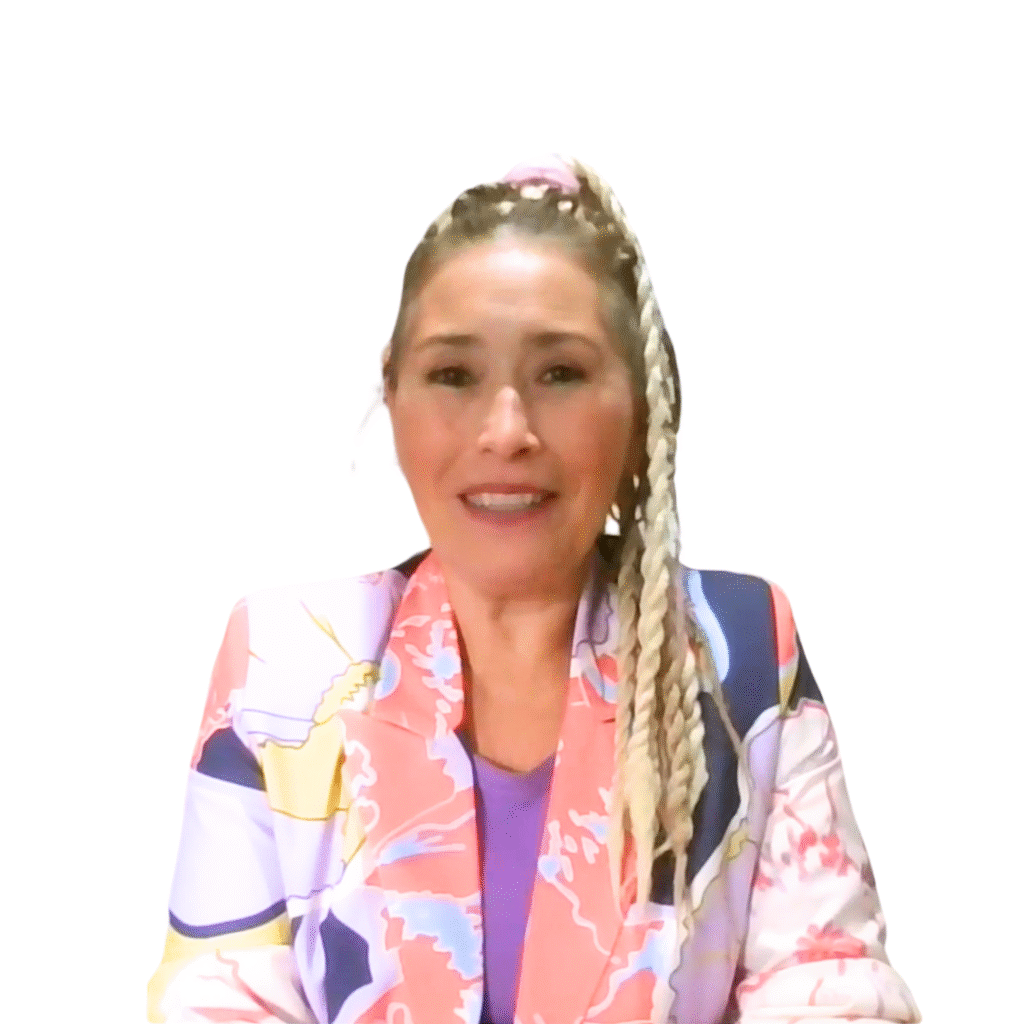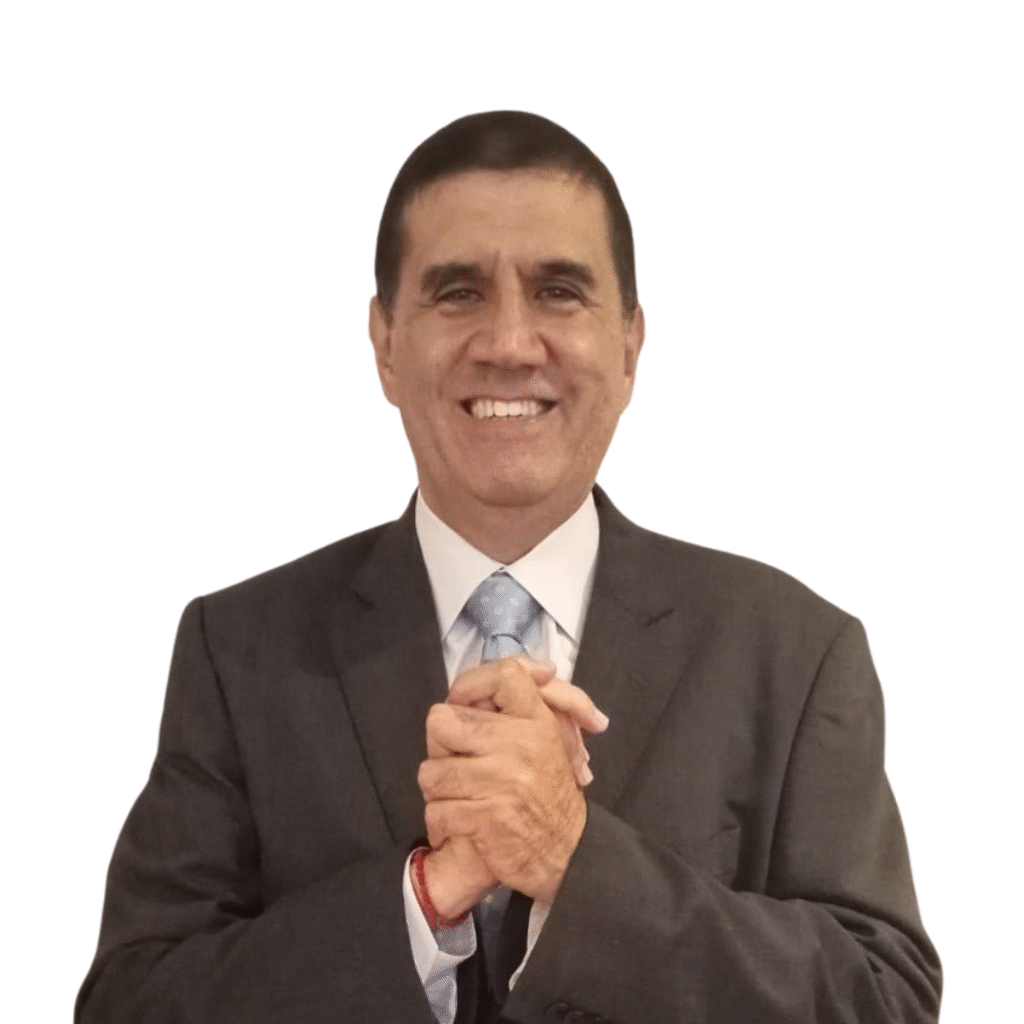In an era where sexual information circulates at digital speed, myths and taboos persist that hinder our erotic well-being. Psychopedagogue Analía Pereira, director of the diploma in Comprehensive Sex Education at the National University of Río Cuarto, shared with Yuriyana Club how this cultural noise marked her first steps: “Whoever is a sexuality educator always reviews their own sexual biography,” she affirms. And that autobiographical examination began with her grandmother’s phrases: “‘We don’t talk about that,’ she repeated; I understood that many mandates arrive without me realizing it.”
Our co-founder Ursula Pfeiffer emphasizes the weight of these inherited narratives: “When we learn to identify the echoes of childhood in our relationship with the body, we gain the freedom to write new stories for our pleasure.” This joint perspective shapes Analía’s proposal: a training that is not limited to theoretical concepts, but rather questions personal history and embodies it in workshop dynamics.
Inner exploration and educational dialogue
Analía’s diploma combines dialogical sessions with self-reflection exercises. “It’s not a program that imparts data like mathematics; here, each idea challenges your sexual biography and invites you to share experiences,” she explains. With health and teaching professionals, she designs spaces where theoretical triggers and personal stories are interspersed: “By listening to other women talk about abuse or family censorship, we understand that our sexuality is a web of emotions, narratives, and rights.”
To reinforce continuous education, Analía encourages building “circles of trust” where women can exchange readings, articles, and resources. She herself manages a Q&A forum on Instagram @licenciadaanaliapereira, and receives testimonials that then enrich face-to-face discussions: “Every query feeds me; responding personally creates a direct link with the community.”
Expanding the concept of intimacy
The biggest conceptual revolution proposed by Analía is to expand the definition of sexuality. “Sexuality is not just coital; it’s how we talk, how we look at each other, how we place ourselves in the world,” she details. Under this premise, she combats the idea of the genital “preamble” to coitus: “Calling it foreplay invisibilizes the richness of the erotic encounter: caresses, whispers, and glances are part of shared enjoyment,” she adds.
A practical example arises in her workshops: instead of directly jumping to the kiss-penetration schema, she invites couples to alternate roles of explorer and guide. One member indicates with their voice or touch (“slower,” “here”) and then reverses roles. This “erotic vocabulary” facilitates consent and dismantles lifeless scripts.
Intersectionality and reproductive justice
Beyond pleasure, Analía emphasizes the link between sexuality and public health. She points out that in the United States, maternal mortality is significantly higher among Black women, a tragedy she attributes to unconscious prejudices: “Doctors dismiss their symptoms due to racial biases; comprehensive sexuality must address these intersections.” Recognizing intersectionality implies training professionals who know how to integrate gender, ethnicity, and social class into their daily practice.
Ursula adds: “Inequality doesn’t end in bed; it emerges in the healthcare system, in fertility laws, and in barriers to access to contraceptives. Only inclusive training can reverse these figures.”
Declaring one’s own body: “prostitution for peace”
In one of the most intense moments, Analía warns about dynamics where sex is used to appease conflicts: “Let’s not put our bodies for the use or enjoyment of another,” she asserts. Based on testimonies collected in consultation, she narrates cases of women who feigned sleep to avoid unwanted relationships after the workday. “It’s a non-monetary transaction, but a transaction nonetheless: I give up my desire to maintain harmony,” she explains forcefully.
To transform this scenario, she proposes three steps:
- Recognize and name the exchange: put into words what is exchanged and why.
- Communicate clear boundaries: rehearse in a safe space phrases like “today I don’t feel like it, we can hug without coitus.”
- Build mutual care agreements: agree on forms of erotic coexistence where both parties express needs and accept “no” without reproach.
Anatomy and bodily empowerment
Female anatomy, historically invisibilized, occupies a central place in her classes. “The clitoris is the homolog of the penis and its exclusive function is pleasure; however, the focus on the vagina and reproduction persists,” she warns. In a mirror exercise, she invites each woman to recognize labia majora, glans, and hood, freeing themselves from guilt and discovering their erogenous zones.
Ursula reflects: “Discovering the clitoris as a source of enjoyment redefines our connection with the body: we stop being mere biological objects and become agents of our own pleasure.”
Self-image, beauty, and acceptance
Self-image—another pillar of empowerment—is explored through tenderness rituals in front of the mirror. Analía proposes thanking life while contemplating stretch marks, scars, or wrinkles, and remembering that aesthetic standards change over time. “In the Renaissance, bodily fullness was synonymous with health; today we glorify thinness as the only ideal,” she points out. This historical perspective frees us from contemporary tyranny and opens up the possibility of loving ourselves at every stage.
Educating everyone: men included
To eradicate the pornographic script that imposes rigid roles, Analía also works with men. “Many assume that the sexual encounter is a copy of what they see on screen; educating them means giving them back the ability to ask and listen,” she explains. She proposes empathy exercises in which the man describes what he feels when faced with soft caresses or prior conversations, expanding his definition of intimacy.
Roadmap for daily practice
To put theory into practice, Analía synthesizes an action plan:
- Inventory of mandates: write down the phrases received in childhood and analyze their impact on your desire.
- Daily erotic dialogue: practice simple words or gestures to guide the other.
- Anatomical self-exploration: dedicate time to visualize your erogenous zone with curiosity and tenderness.
- Formative support network: participate in workshops, forums on networks like @licenciadaanaliapereira, or sexology reading groups.
- Professional accompaniment: if traumas or blockages emerge, seek therapy to navigate the path with support.
With this itinerary, every woman can move from censorship to the celebration of her sexuality. As Analía Pereira concludes, “desire is not a pill: it is contextual and grows when we learn to communicate and embrace our sexual biography.”
Watch the complementary episode Reconnect with sexuality: Education and empowerment on our YouTube channel https://youtu.be/xPmUhEgmiLg
This article is part of the Pluma de Eva section of Yuriyana Club, a space created by women for women.


